Researchers from the Chinese Academy of Science have developed a simple and sensitive strategy for the detection of trypsin using surface enhanced Raman scattering (SERS).
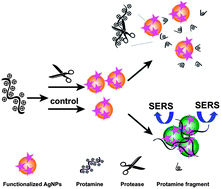 This method is based upon the anti-aggregation of silver nanoparticles (AgNPs), resulting in a reduced SERS signal in the presence of trypsin. The authors functionalized AgNPs with protamine, a low molecular weight protein, which adsorbs to the negatively charged AgNP surface via electrostatic interaction of the polycationic arginine residues abundant in the protein. Adsorption of protamine resulted in AgNP aggregation due to the neutralization of the negative charge on the NP surface. This resulted in an increase in the SERS signal of a Raman reporter molecule, 4-mercaptopyridine (4-MPY), adsorbed on the NP surface.
This method is based upon the anti-aggregation of silver nanoparticles (AgNPs), resulting in a reduced SERS signal in the presence of trypsin. The authors functionalized AgNPs with protamine, a low molecular weight protein, which adsorbs to the negatively charged AgNP surface via electrostatic interaction of the polycationic arginine residues abundant in the protein. Adsorption of protamine resulted in AgNP aggregation due to the neutralization of the negative charge on the NP surface. This resulted in an increase in the SERS signal of a Raman reporter molecule, 4-mercaptopyridine (4-MPY), adsorbed on the NP surface.
The authors observed that upon addition of trypsin, a protease enzyme responsible for the digestion of proteins, AgNP aggregation was reversed. This was due to hydrolysis of the protamine causing it to break down into smaller protein fragments, thereby eliminating its neutralizing effect on the NP surface. Consequently, this resulted in a reduction in the observed SERS signal since the AgNPs were no longer in close enough proximity to one another to facilitate the strong SERS enhancements in NP “hot spots”. The authors cited a detection limit of 0.1 ng ml-1 and compared their method to other analytical methods for the determination of trypsin, concluding that SERS-based assays provide a simple, rapid, sensitive, selective and reproducible strategy for protease detection.
by Dr Lee Barrett
For more detail, read the full article here:
Ultrasensitive surface-enhanced Raman scattering detection of trypsin based on anti-aggregation of 4-mercaptopyridine-functionalized silver nanoparticles: an optical sensing platform toward proteases
Lingxin Chen, Xiuli Fu and Jinhua Li
DOI: 10.1039/C3NR00637A


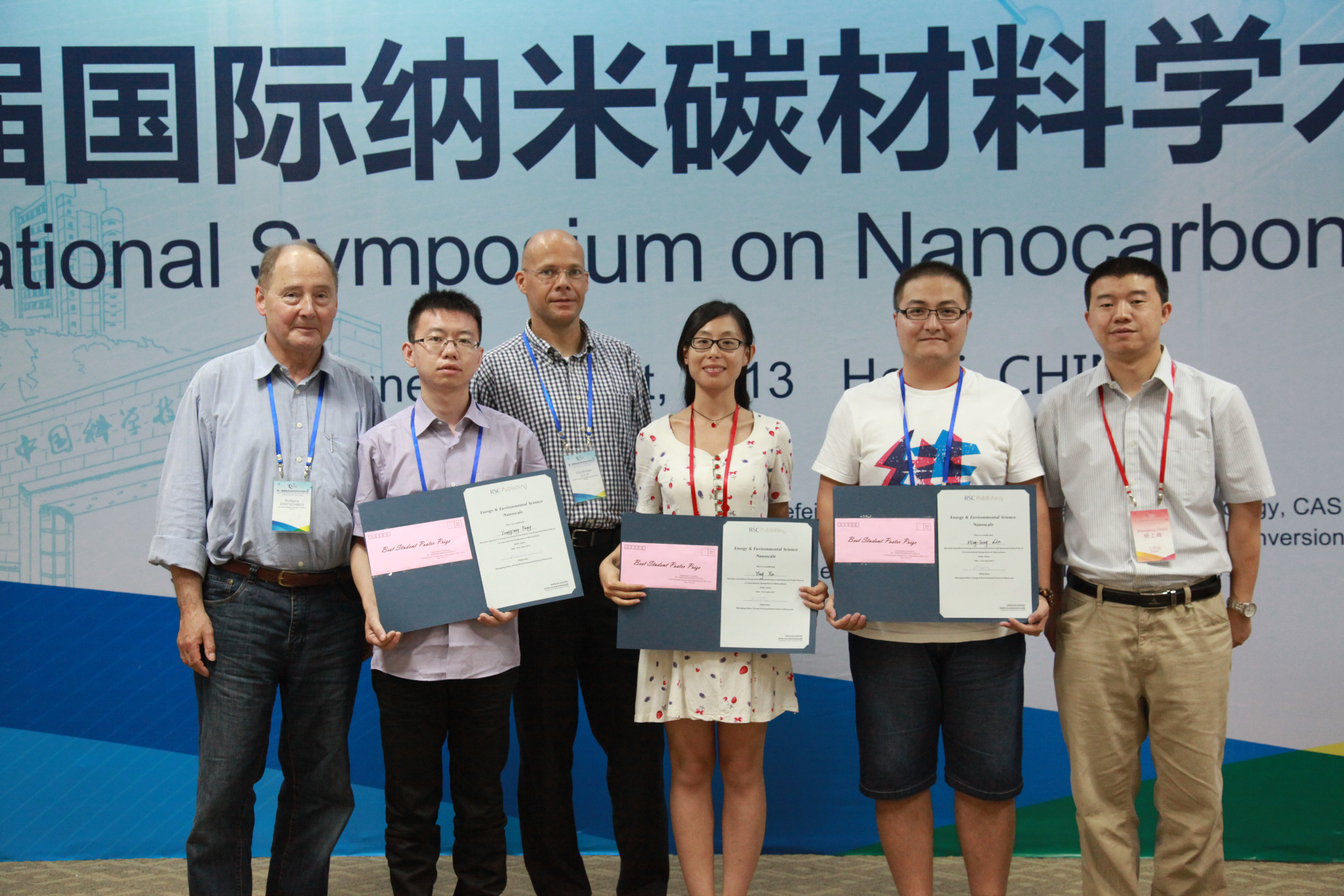
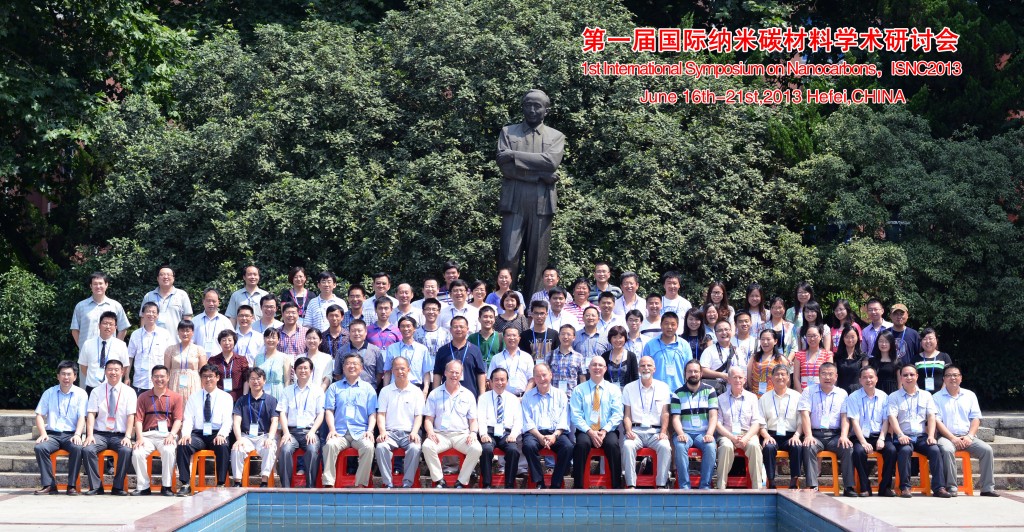
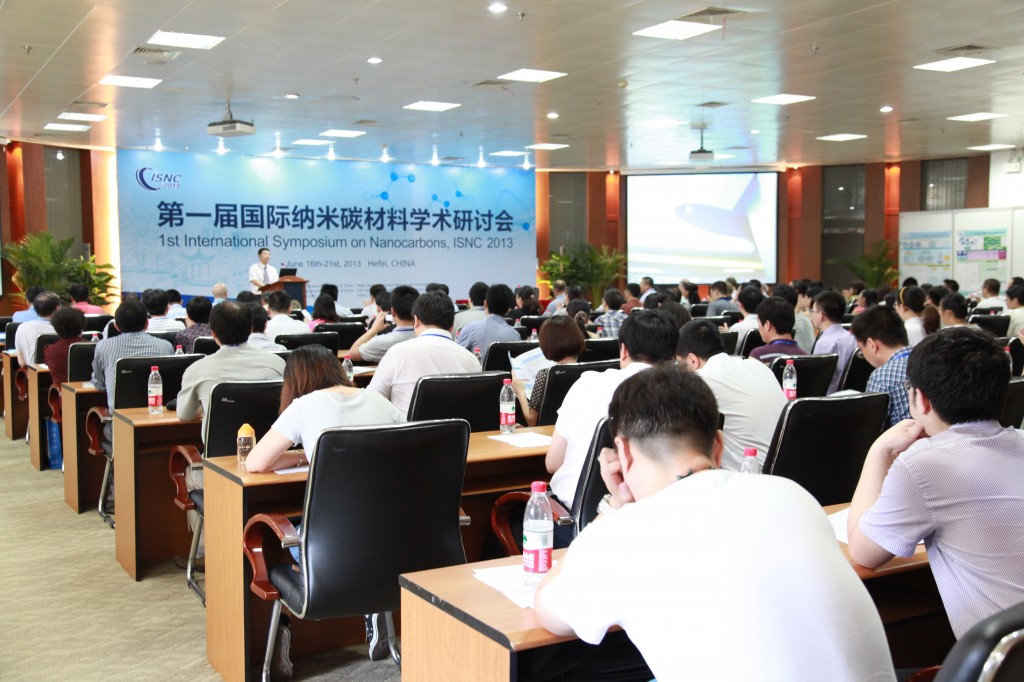









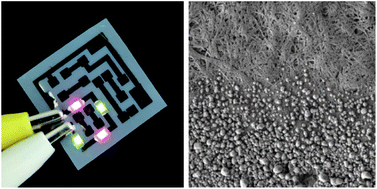

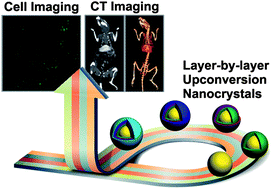
 Seawater can be used as fuel to propel micromotors say scientists in the US.
Seawater can be used as fuel to propel micromotors say scientists in the US. 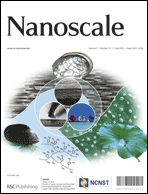
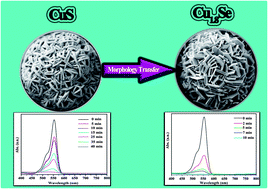
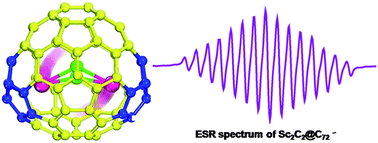
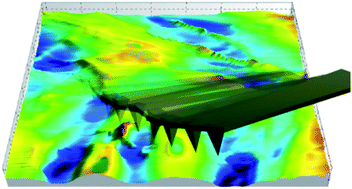
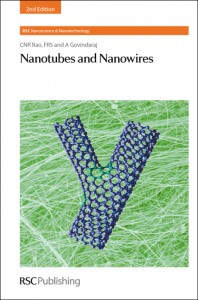
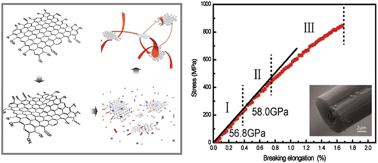
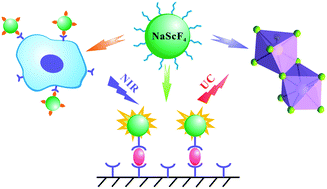
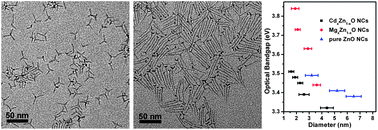
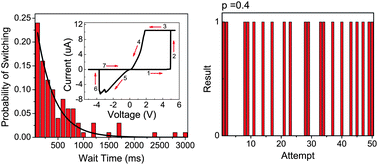
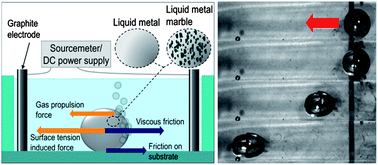

 This method is based upon the anti-aggregation of silver nanoparticles (AgNPs), resulting in a reduced SERS signal in the presence of trypsin. The authors functionalized AgNPs with protamine, a low molecular weight protein, which adsorbs to the negatively charged AgNP surface via electrostatic interaction of the polycationic arginine residues abundant in the protein. Adsorption of protamine resulted in AgNP aggregation due to the neutralization of the negative charge on the NP surface. This resulted in an increase in the SERS signal of a Raman reporter molecule, 4-mercaptopyridine (4-MPY), adsorbed on the NP surface.
This method is based upon the anti-aggregation of silver nanoparticles (AgNPs), resulting in a reduced SERS signal in the presence of trypsin. The authors functionalized AgNPs with protamine, a low molecular weight protein, which adsorbs to the negatively charged AgNP surface via electrostatic interaction of the polycationic arginine residues abundant in the protein. Adsorption of protamine resulted in AgNP aggregation due to the neutralization of the negative charge on the NP surface. This resulted in an increase in the SERS signal of a Raman reporter molecule, 4-mercaptopyridine (4-MPY), adsorbed on the NP surface.